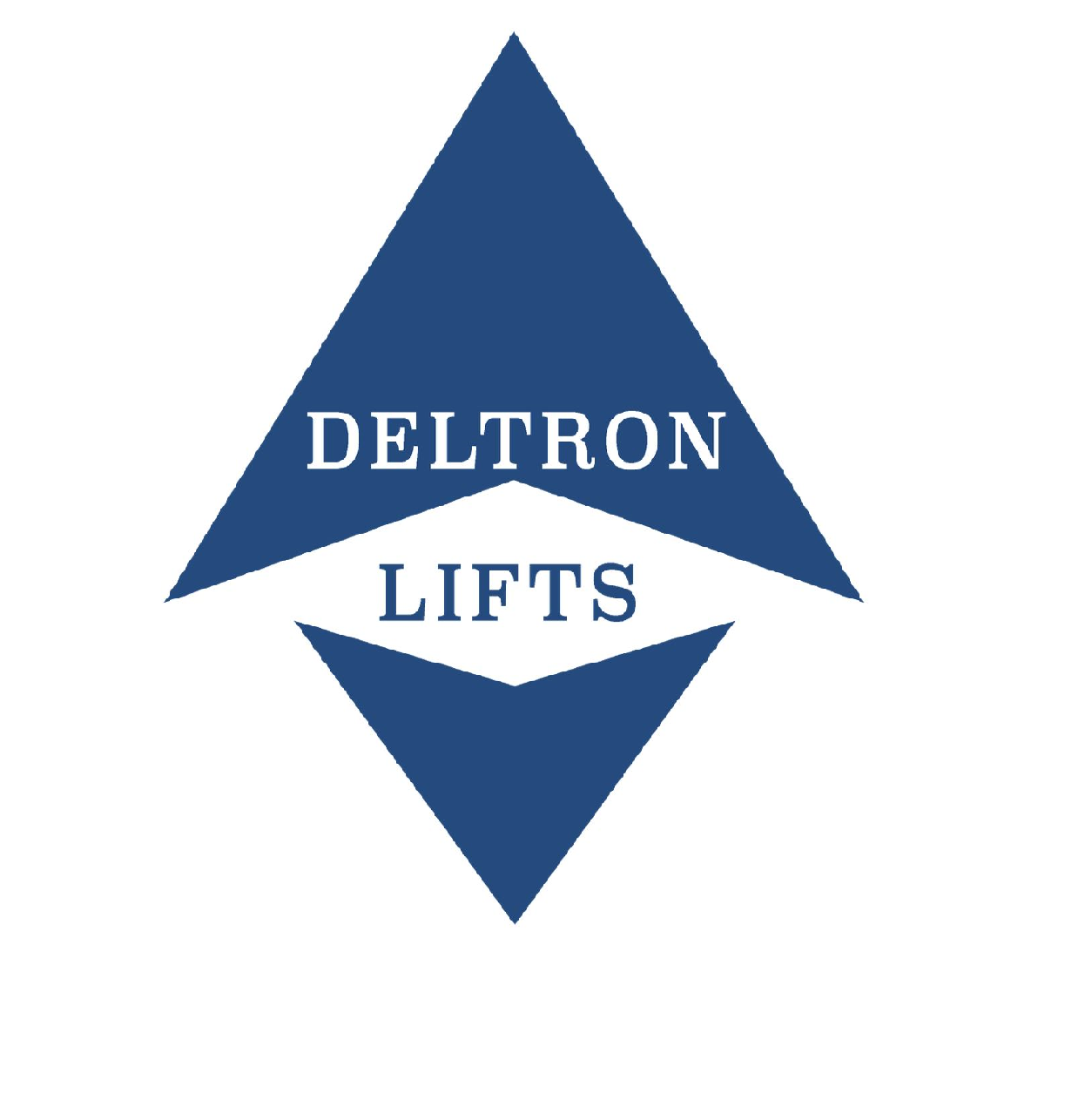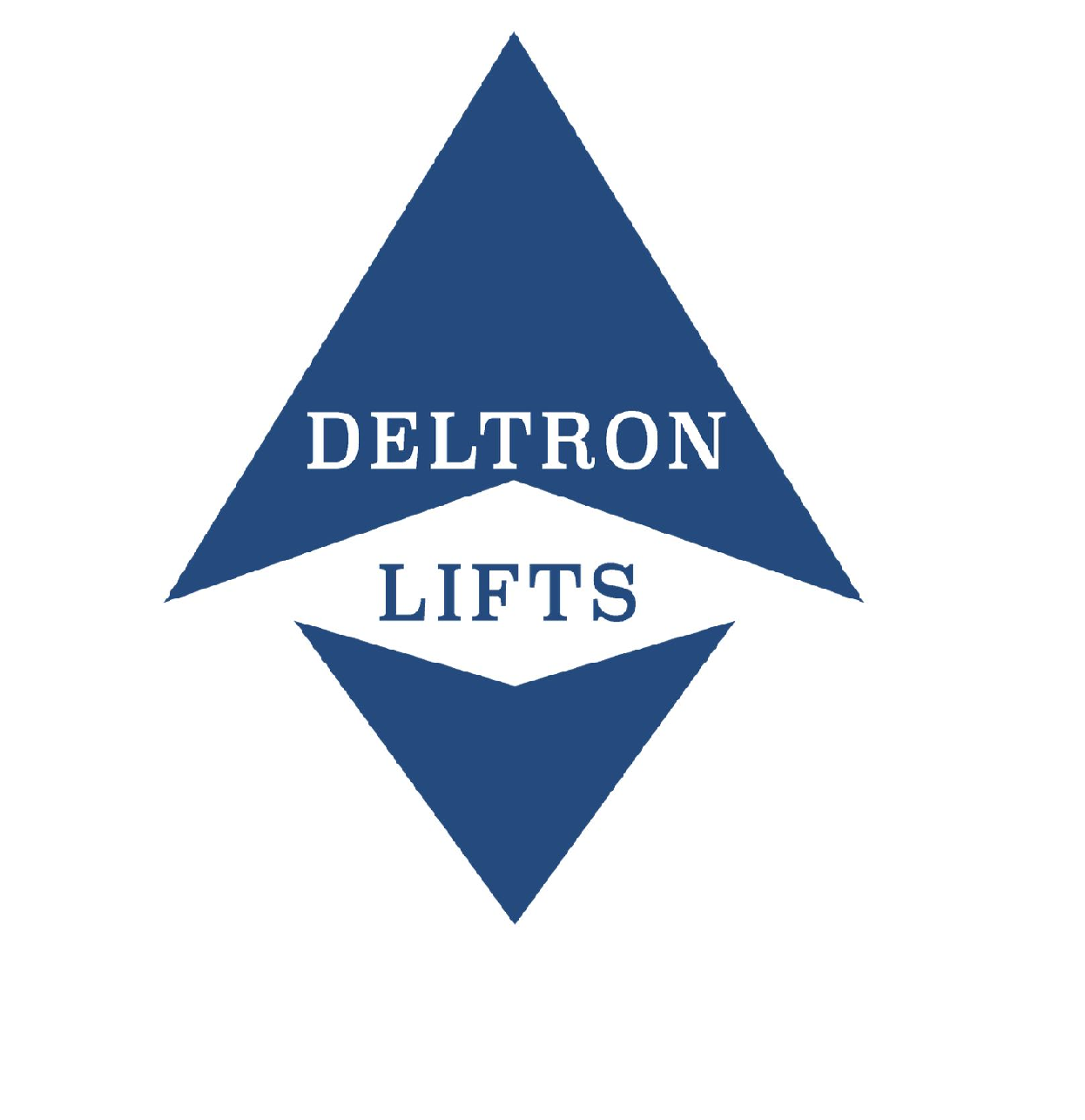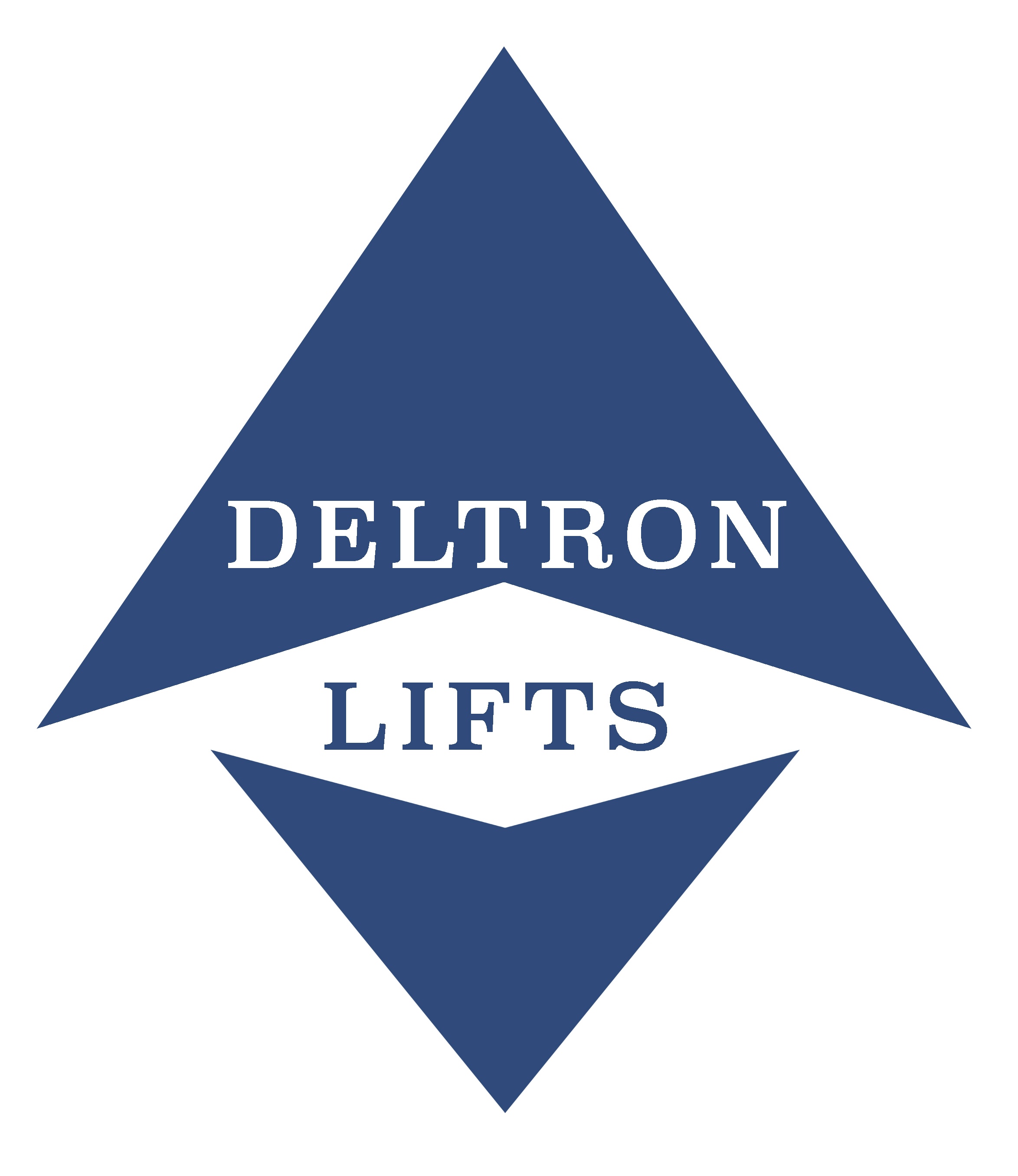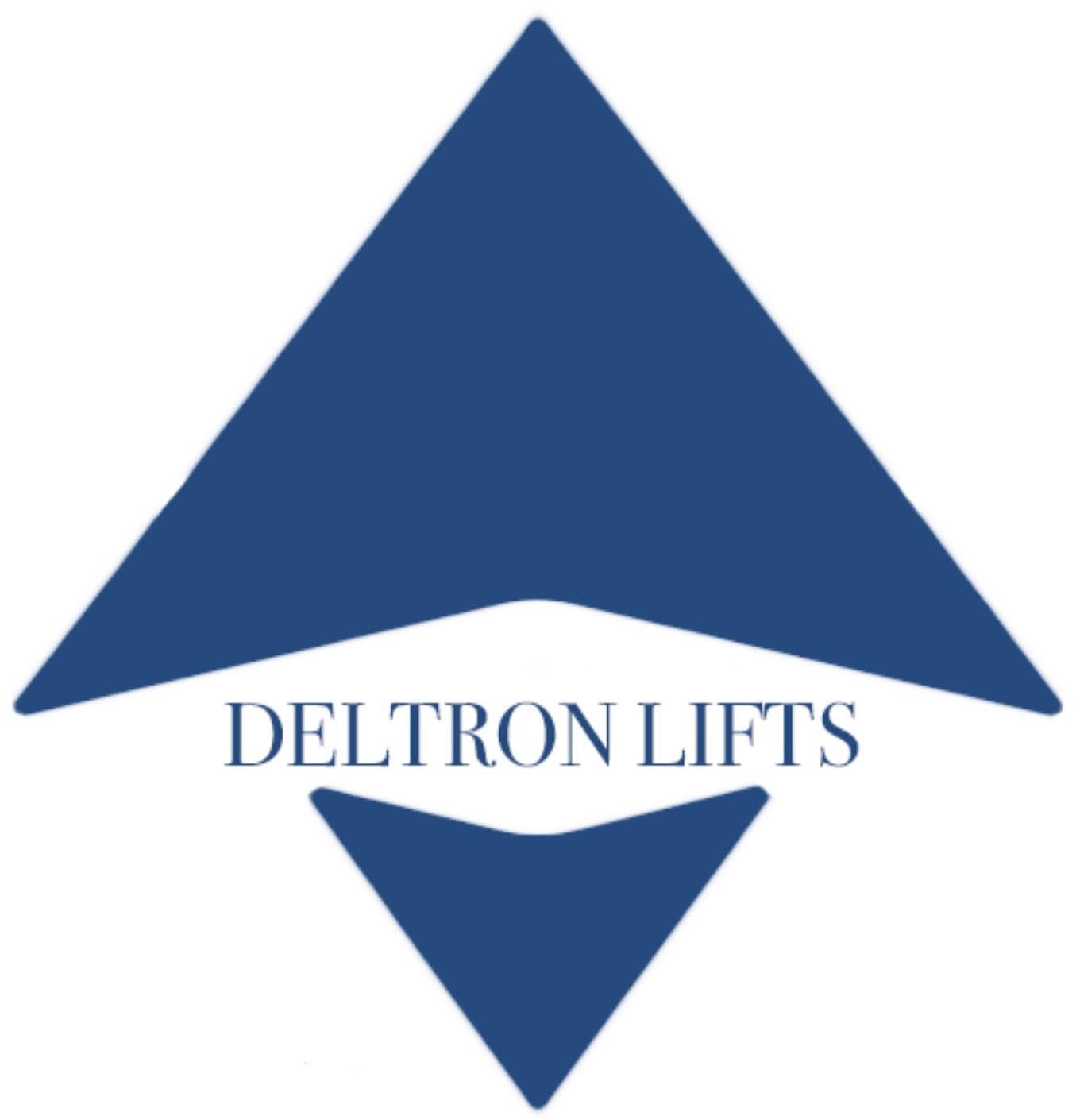Title Page
-
Site conducted
-
Conducted on
-
Prepared by
-
Location
Lift Information
-
Lift Type and Description
-
Lift ID Number
-
Manufacturers Serial Number
-
Lift Location
-
Signed
-
Name
-
Position
A.2 Electrical Safety Devices
-
In order to verify that electrical safety devices are in efficient working order,
a functional test of each of these devices should be undertaken as part of
thorough examination by the Competent Person.
Where the functional test of a safety device cannot be carried out by the
Competent Person where access is difficult or a test may not be possible for
a given reason, then that person should call for a supplementary test to be
made of the specific device(s) at least annually. -
All devices are to be tested in situe, as if they were being activated in use.
-
Description and location of safety device(s) being inspection/tested and method test - List all devices tested
-
Does the switch(s) operate satisfactorily?
-
Is all wiring, including earth wiring, properly terminated and in good condition?
-
Can it be determined that all parts are clean, secure and free of excessive wear with no signs of burning, or physical damage?
-
If NO please explain
-
Does the result of the supplementary test(s) indicate further remedial work is necessary?
-
If YES, state your recommendation(s) for further action required
A.4 Landing Door Interlocks
-
In order to verify that landing door interlocks (including both lock and
pre-lock contacts on landing locks used with retiring ramps) are in efficient
working order, a functional test of each of these devices should be
undertaken at every thorough examination.
Where the condition of any landing door lock cannot be verified by the
Competent Person, that person should call for a supplementary test of the
device. Any such supplementary test should ensure that the lock prevents
the door from opening when the lift is outside of the unlocking zone. It
should also be ensured that the lift will stop if the lock circuit is opened outside of the unlocking zone. All parts of the lock should be clean, not excessively worn, without signs of burning and undamaged in any way. -
Landing locks should be opened and inspected for good connections, free from burns and evidence of misuse.
It is important to prove for "positive locking" . Positive locking is where there is at least 7mm of mechanical locking before electrical contact is made. -
Do the electrical interlocks operate satisfactorily?
-
Does the mechanical locking operate satisfactorily?
-
Is all wiring, including earth wiring, properly terminated and in good condition?
-
Are all parts clean, secure and free of excessive wear with no signs of burning or physical damage?
-
If NO, explain
-
Does the result of the supplementary test(s) indicate further remedial work is necessary?
-
If YES, state your recommendation(s) for further action required
A.15 Car Overload Detection Warning Device
-
Where such a device has been fitted as required by the Lift Regulations or
where an overload detection warning device incorporating a visual display
is fitted then calibration of the device should be in accordance with the
manufacturer’s recommendations.
Where there is documentation to demonstrate that the design is such that it
degrades to a safe condition a supplementary test should not be required.
Where there is excessive car floor area in relation to rated load e.g. for
carrying lighter more bulky objects such as hospital trolleys etc then this
test should carried out at periodic intervals of 5 years.
Any testing of these devices should be done by referencing the OEM
manuals for guidance
Devices that measure load to provide information to the lift drive and other
systems are not overload warning detection devices. -
Date of last recorded test (if known)
-
State method of test
-
Does the overload device and its car indicator operate correctly to prevent use of the lift?
-
Is the load at which it is set or calibrated satisfactory to prevent overloading?
-
State the load at which the detection device operates
-
If NO, explain
-
Does the result of the supplementary test(s) indicate further remedial work is necessary?
-
If YES, state your recommendation(s) for further action required


















